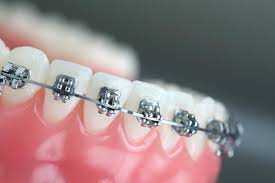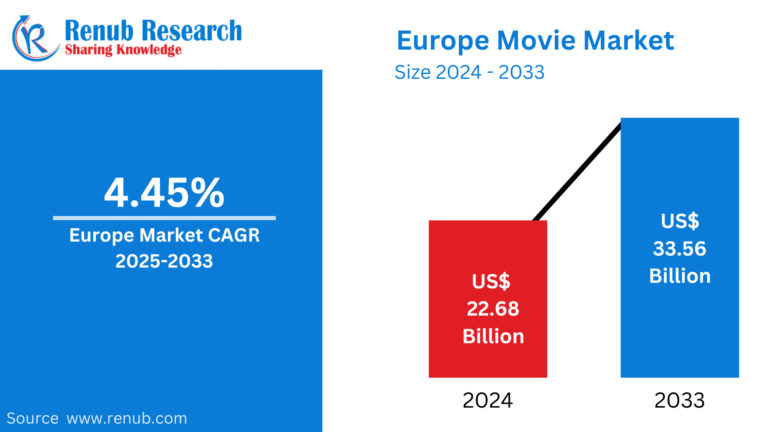Global Wound Care Market Overview:
The global wound care market was valued at US$ 20.36 billion in 2023 and is projected to reach US$ 33.63 billion by 2032, growing at a CAGR of 5.73% from 2024 to 2032. This market growth is driven by the rising aging population, increasing prevalence of chronic diseases such as diabetes and obesity, and continuous advancements in wound care technologies and products.
Key Growth Factors:
- Technological Advancements: Breakthroughs in wound care technologies, including advanced dressings, bioengineered skin substitutes, and negative pressure wound therapy (NPWT), are key drivers of market growth.Wound Care Market Innovations like smart wound care products equipped with sensors and real-time digital monitoring are revolutionizing wound care and contributing to better patient outcomes.
- Rising Prevalence of Chronic Wounds: Conditions like diabetic foot ulcers and pressure ulcers are on the rise globally, increasing the demand for advanced wound care solutions. With the growing number of patients suffering from these conditions, healthcare providers are seeking more effective treatments.
- Aging Population: The growing elderly population worldwide significantly contributes to the increased demand for wound care products, particularly for chronic wounds associated with age-related conditions such as venous ulcers and pressure sores.
Regional Insights:
- United States: The U.S. market continues to see dynamic growth, fueled by advances in technology, increasing chronic conditions, and a well-established healthcare infrastructure. The country’s aging population and growing need for advanced wound care solutions further support this trend.
- Europe & Asia Pacific: Countries like Germany, France, China, and Japan are experiencing rising demand for wound care solutions, driven by higher healthcare expenditure and aging demographics. These regions are projected to see significant growth over the next decade.
Wound Care Product Segments:
- Advanced Wound Dressings: Including foam, antimicrobial, alginate, hydrocolloid, hydrogel, and film dressings that offer improved moisture management and promote healing.
- Traditional Wound Care Products: Includes adhesive, non-adherent dressings, and traditional gauze used for basic wound management.
- Bioactive Products: Bioactive wound care products interact with biological tissues to speed up the healing process.
- Negative Pressure Wound Therapy (NPWT): A growing area in wound care, NPWT accelerates healing by using controlled vacuum pressure.
Application:
- Chronic Wounds: Such as diabetic ulcers, venous leg ulcers, and pressure sores, which require advanced wound care solutions for better management and healing.
- Acute Wounds: Include surgical incisions, cuts, abrasions, and trauma-related injuries that benefit from quick, effective care.
End-User Segments:
- Home Care Settings: Growing demand as more elderly patients manage chronic wounds in home healthcare environments.
- Long-Term Care Facilities: The demand is increasing in nursing homes and rehabilitation centers where specialized wound care is essential.
- Hospitals & Clinics: Remain critical settings for treating both chronic and acute wounds, utilizing advanced wound care products.
Key Players:
Prominent players dominating the global wound care market include:
- Mölnlycke Healthcare
- Smith & Nephew
- Ethicon Inc (subsidiary of Johnson & Johnson)
- Coloplast Corp
- ConvaTec Group PLC
- Derma Sciences Inc (now part of Integra LifeSciences)
Recent Developments:
- MiMedx Group, Inc. launched EPIEFFECT in September 2023 to expand its range of enhanced wound care solutions.
- JeNaCell introduced Elicit Balance wound dressing in Germany in June 2023 for treating chronic wounds, expanding their product portfolio.
- Smith & Nephew secured a cutting-edge technology contract for its PICO Single Use NPWT Systems in May 2023.
- Bactiguard AB partnered with Quintess Medical in March 2023 to launch its wound care products in Ireland and the UK.
Related Reports:









